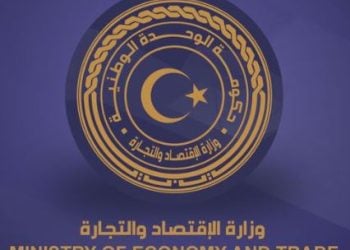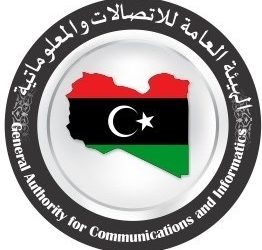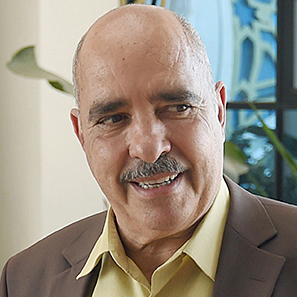By Sami Zaptia.
London, 21 December 2015:
The Central Bank . . .[restrict]of Libya (CBL) has reported that it has achieved further cuts across the board in state spending including in the annual budget deficit, in total spending, in state-sector salaries, in state subsidies and in foreign exchange usage.
However, despite these positive cuts, the CBL warns that decisive action must be taken to avoid further danger.
The details of state revenues and spending up to 30/11/15 were as follows:
Total state revenues and spending 01/01/15 to 30/11/15
| In billion LD | Actual revenues / spending to 30/11/15 | Compared with estimated budget to 30/11/15 | Compared to actual to 30/11/14 |
| Total revenues | 15.9 | 18.5 | 19.2 |
| Spending: | |||
| Salaries | 16.4 | 17.3 | 21.1 |
| Running costs: | 2.2 | 7.2 | 3.0 |
| Development / projects: | 2.3 | 4.6 | 4.2 |
| Subsidies | 7.5 | 7.5 | 13.3 |
| Public debt | 0 | 0 | 0.6 |
| Total spending: | 28.4 | 36.6 | 42.2 |
| Total deficit: | 12.5 | 18.1 | 23 |
Source: CBL report released 17/12/15
| Breakdown of sources of revenues include: | In LD |
| Oil and gas | 9.9 bn |
| Taxes | 525 m |
| Customs duties | 30 m |
| Deposits from previous years | 5.4 |
Source: CBL report released 17/12/15
| Breakdown of subsidy spending | In LD |
| Medical Supply Organization | 450 m |
| Fuels | 5.7 bn |
| Electricity | 853 m |
| Water and sewage | 177 m |
| Public sanitation | 326 m |
Source: CBL report released 17/12/15
Foreign currency use:
| In US$ | Actual foreign cash use to 30/11/15 | Actual foreign cash use to 30/11/14 |
| Commercial banks | 12.5 | 25.1 |
| CBL (State institutions) | 6.2 | 11 |
| Total: | 18.7 | 36.1 |
Source: CBL report released 17/12/15
The above latest foreign currency use statistics show:
· A reduction in total foreign currency use by 48 percent compared to the same period in 2014
· A reduction in foreign currency use by commercial banks by 50 percent compared to same period in 2014.
· A reduction in foreign currency use by state institutions by 44 percent compared to same period in 2014.
The CBL stated in its report that despite these positive results in curtailing spending, reducing foreign currency depletion, and reducing the budget and the deficit, it still believes that the economy is in a dangerous state caused by the collapse in oil production and exports down to between 10-15 percent of capacity (1.5 million bpd).
This is compounded by the collapse of international crude oil prices to under US$ 35/barrel.
The CBL warns that tough decisions must be taken in order to avoid the dangerous conditions that might arise if things continued without clear cut and effective remedies.
The statistics supplied by the CBL cover all of Libya. [/restrict]









